Last Updated on July 27, 2021

If you’re reading this, you need no introduction to Paul W.S. Anderson. The man behind such films as MORTAL KOMBAT, RESIDENT EVIL, and ALIEN VS. PREDATOR is a movie-site staple, as his every project – past, present, and future – is debated with more passion than those of more prolific and appreciated directors. And oh yeah, he’s engaged to fanboy goddess Milla Jovovich…
Anderson took a few minutes to talk with us, a swarm of internet journalists – sometimes his fiercest detractors – and delved right into what makes his new film tick, and what he plans on doing after this RACE is done.

How did you become involved in this project?
Anderson: I guess I became involved in it when I saw Death Race 2000 on video when I was young. In England, it was considered like a Video Nasty. It was one of those videos that your parents didn’t want you to watch, so of course we all watched it religiously many times. And I just remember it being an insanely cool movie. I mean, you look back at it now it’s definitely very campy, but when I was a kid I just thought it was the best movie ever made. Just the gratuitous violence and everything, I thought it was awesome. So it left a big impression on me, and then I loved the movies that it influenced. Like, George Miller admits that Mad Max and The Road Warrior were very heavily influenced by Death Race 2000 and I’m obviously very heavily influenced by The Road Warrior. So I’d always liked the movie. And then after I directed Mortal Kombat, it was number one in America on its opening weekend, on Monday I had lunch with Roger Corman. He said, ‘It’s great, kid. You’d got a number one movie. What do you want to do next?’ And I said, ‘Well, Roger, what I really want to do is I’d like to get the right to one of yours, kind of do a version of that.’ And he said, ‘That’s great, kid. We’ll make it your next movie.’ So cut to literally 12 years later, we’re finally shooting it, which is about how long it takes to develop movies in Hollywood. I thought it would be so simple. I thought, you know, great. I’ll make it my next movie. But it didn’t quite work out like that.
Can you talk about the changes? There’s not a lot in common with the original.
Anderson: It’s a re-imagining of the original Death Race. It’s not a straight remake. It keeps a lot of the original concepts in tact. The masked racer called Frankenstein, who appears to be indestructible, but is not who he appears to be underneath the mask. Yeah, it’s still got Machine Gun Joe. It’s still a death race, you know, it’s a race to the death where the drivers are allowed to kill one another and are encouraged to do so. And just like the original movie had a political message in the 1970s, this does. It’s not a massively overt political message but it’s about reality television and the Internet run rampant.
Are there angry reporters in this one?
Anderson: Nope. I mean, this is much more… It’s a lot more contained than the original, which makes it a lot more intense. It’s not a trans-America road race. It’s contained. It’s a giant track, but it still is a track. So it’s kind of more contained than the original, but then again, it’s so much bigger than the original in that it’s got… We’ve spent a lot more money on it.
Can you talk about doing away with the points system?
Anderson: It was a very tough decisions. I did a couple of drafts of the movie that still had the points system in tact. But, in a way, I kind of saw this as a prequel to the original movie. The original movie was set in the year 2000, but clearly it’s set further in the future than that. Because by the time we got to the year 2000 it wasn’t anything like that. And I see this as the genesis of the original Death Race. The Death Race 2000, the trans-America race is kind of a progression 10 years on from Joan Allen’s version of the Death Race. So this is kind of the genesis of the race that will eventually be the race that was portrayed in Roger Corman’s movie.

Can you talk about the challenge of doing car chases that are fresh?
Anderson: It’s really difficult. I haven’t directed a movie since Alien vs. Predator, which was four years ago. And the reason for this is I’ve been working exclusively on this film as a director, partly because the pressure to come up with something original with cars is kind of immense. And also, we made the decision very early on to make a movie that was entirely practical. I didn’t want any CG cars, I didn’t want any CG environments. I wanted to kind of go back to the old school way of making car chases, which is you build cars, they go really fast, you get the best stunt men in the world at the wheel, you mash them together and when they hit concrete blocks, they hit concrete blocks and they spin through the air. So that’s a much more difficult way to make a movie. I think it’s a much more satisfying way because it’s much more visceral. What I’m trying to do is give the audience the kind of visceral thrill I had when I came out of The Road Warrior because it was all real. When you saw the car mashed underneath that big truck, it was really getting mashed. And for me, that’s much more satisfying than seeing two CG objects kind of crunch together. But it’s a more difficult and time consuming way to make a movie and requires a lot more planning. So just to give you an idea, I mean, this location here, I came here over a year ago so the stunts and the gags that you see in the movie have been over a year in the making.
We heard you decided against cameos from actors in the original film.
Anderson: Yeah because like I said, we wanted to kind of suggest that this is kind of like the genesis of that race. So it stays true to the spirit of that race. And there is a kind of reward system in this. The original movie had the point system where the deaths equaled points. This movie does have kind of a reward system with the swords, the shields, the death heads you’ve seen embedded along the track. It’s like the first person to get to the sword gets all their offensive weaponry in the car activated. Defensive comes with a shield. Death heads equal a nasty surprise. So there is the origin of that kind of reward system that eventually will develop into what Roger Corman had in his movie.

Do you have blood and gore in the movie?
Anderson: I mean, people get pretty mangled in the film. Yeah, I mean, it’s an R-rated, gruesome movie. I mean, it’s not Hellraiser in the sense of, like, buckets of blood. But it’s a very violent film. And with the real cars crashing comes the real kind of reality of that. That extends to the fight scenes we have as well. When I first met Jason, I said, ‘We’re not making The Transporter. You won’t do any martial arts in this movie. It’s all kind of realistic, street fighting. I don’t want to see any martial arts poses, I don’t want to see any of that.” This is a very raw, rugged film in terms of the fight scenes as well. And we choreographed the fight scene, we shot for three days, which is just inside a container that’s been turned into an auto shop, and it’s pretty bloody. But it’s realistic. There’s no slow-motion. It’s all done in real time. It’s very fast and very vicious and the car racing is like that as well. There’s no slow motion in it. It’s all shot real time. The idea is to kind of leave you very breathless when you see it.
What is your favorite gory moment in any movie?
Anderson: In any movie? I guess my favorite moment that involves blood would have to be in The Shining, where the doors open, the elevator doors open and all the blood rushes out, with the two twins just standing in the corridor saying, “Play with me.”
Can you talk about getting Joan Allen in the movie?
Anderson: She was my first choice to play the warden of the prison, who’s called Hennessy, who is also kind of the instigator and the inventor of Death Race. And she’s very much the backbone of the movie and she was my first choice for the role. I sent her the script and she really liked it. I flew to New York to meet her. We had a cup of tea and that was it. After we had the cup of tea she said, “I love it. I love your vision for it. I really want to do it”, and I obviously really wanted her in it. I think she’s a terrific actress, she’s got three Oscar nominations. Although this, I feel will actually win her the Oscar. And what’s great about her is her performances. She’s very kind of glacial and cold and controlled through the whole movie until the end, where she just gets to fucking swear like a trooper, which is fantastic. So it was kind of a treat having all of this filthy language come out of Joan Allen’s mouth because I’d just watched her in the Upside of Anger and this is the downside of anger, I think.

Video games have always been a big influence on you, and this seems to have a definite video game component to it.
Anderson: Definitely, it has been influenced by that. But I think it’s also influenced from Corman’s original movie. The whole point system, for example, is a very video-game idea as well. So I guess it is a bit video-game-y but I grew up with video games so it’s not surprising that’s kind of had a big influence on me. Oliver Stone had Vietnam, I had Play Station.
Did you work with Corman?
Anderson: No, Roger’s been very hands off. We sent him the script, he’s always liked the drafts that we send him. But he hasn’t been actively been involved in the development of the film.
Doing that remake of Long, Good Friday?
Anderson: Yes.
Is that your next?
Anderson: I hope so, yeah.
Is there a role for Jason in it?
Anderson: Well, it’s set in America. So if we were setting it in Britain he would definitely be doing it, because I’m just loving working with him. He’s a terrific guy to work with. I’m really, really enjoying working with him. He’s the only guy who spends his days off on the set. Like yesterday, he had the day off, and I couldn’t get rid of him. He comes in, he hangs out. I mean, he’s an absolute joy to work with and he’s very committed. He’s a tough guy, really. You know all actors normally lie about doing all their own stunts and he goes and does them.

The original film had a terrorism element. Is yours going to have that?
Anderson: Nothing like that. The French aren’t involved. Other than in making the movie, obviously.
Spy Hunter, what’s going on with that?
Anderson: Spy Hunter… I had an idea for it. I wrote an outline for it that’s being written by two writers for Universal at the moment so I’m hoping to get a draft in the next four weeks.
What about Castlevania?
Anderson: Hoping to get a script for it in two or three weeks and I’m hoping it’s great. Sylvain White is directing it and we’re hoping to kind of make it a pre-strike movie so it shoots in the next couple months.
What have been the challenges of shooting the cars in this film?
Anderson: It’s difficult and it’s dangerous. You drive the cars at 60 to 70 miles an hour and you crash them into one another. It’s unpredictable. I mean, we’ve ruined dozens and dozens of cars, written them off. It’s even more difficult because they’re covered in heavy armor plating. So we’ve created real tanks and when you drive tanks into one another at 70 miles an hour, it’s even more dangerous than driving normal cars into one another. You mix that with real machine gun fire and it’s like it’s not a race movie. It’s more of a war movie, I would say.


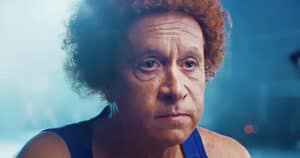
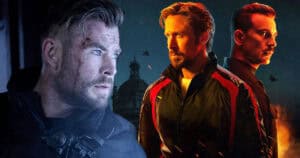
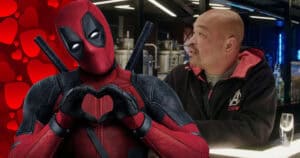

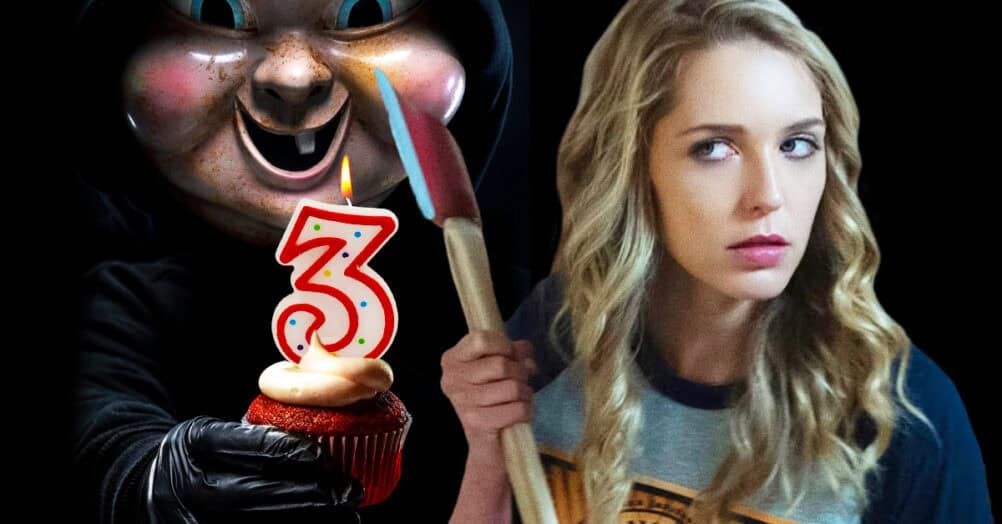
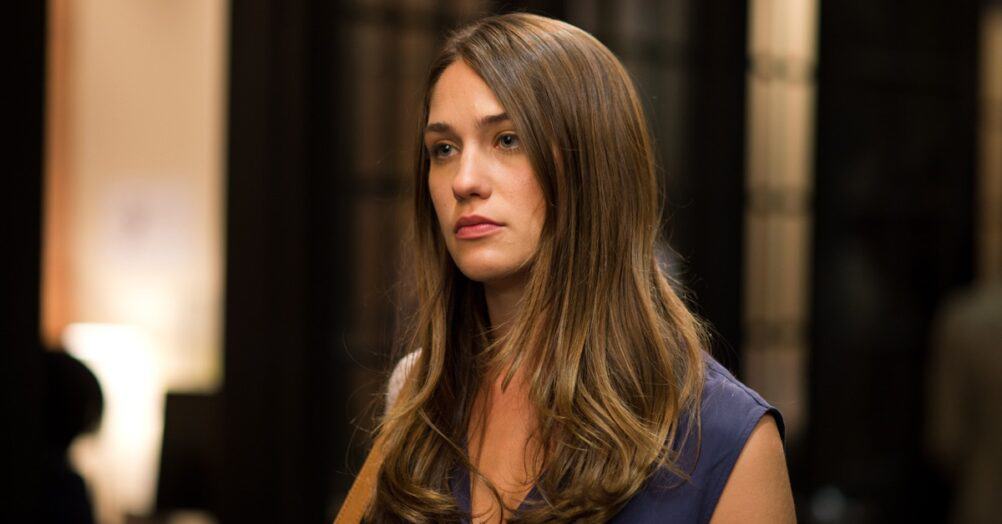
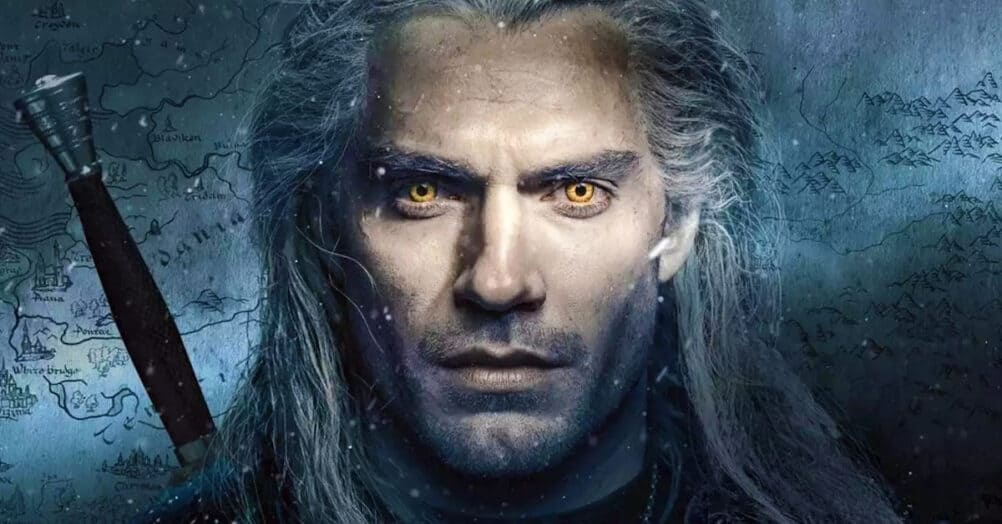
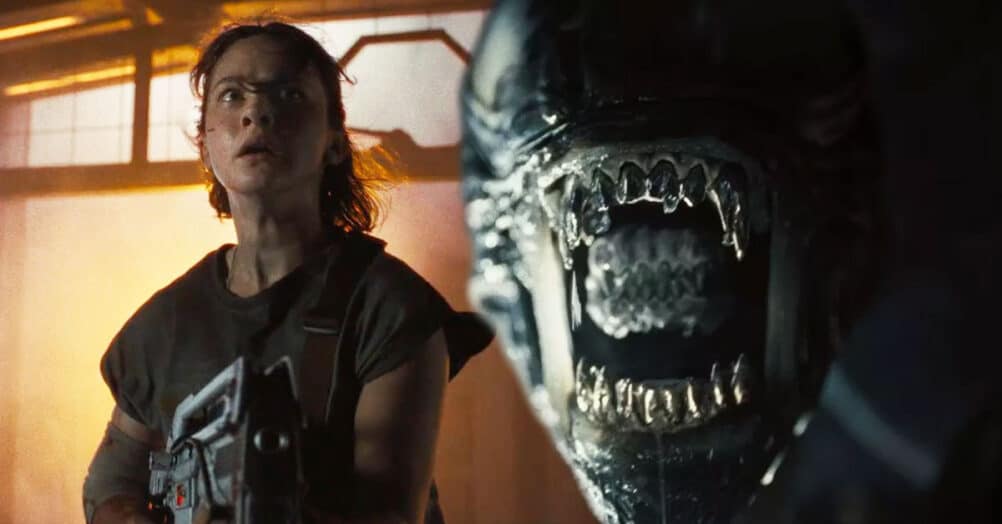


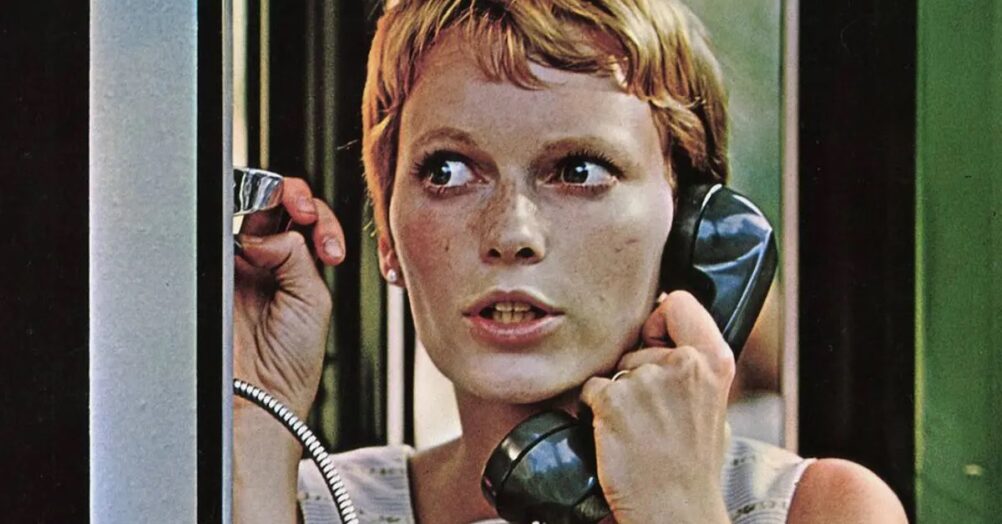
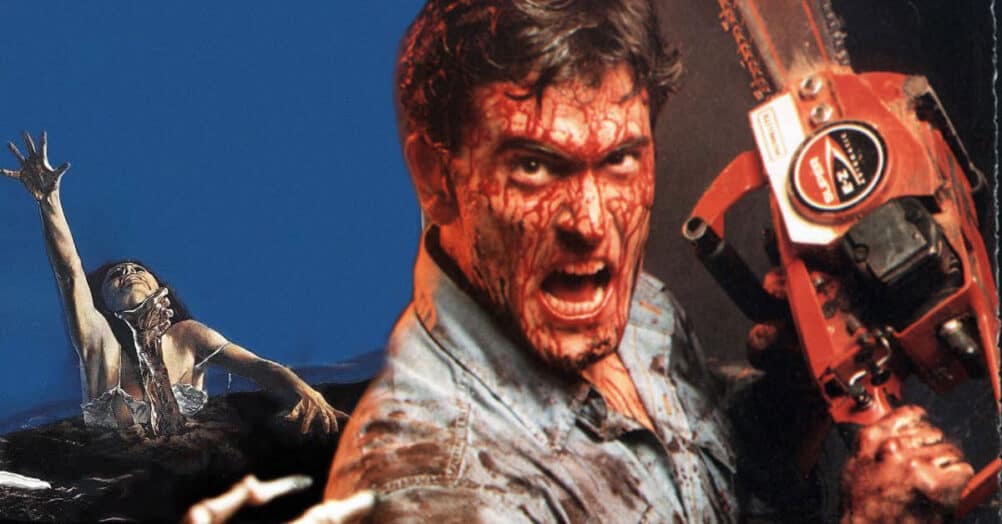

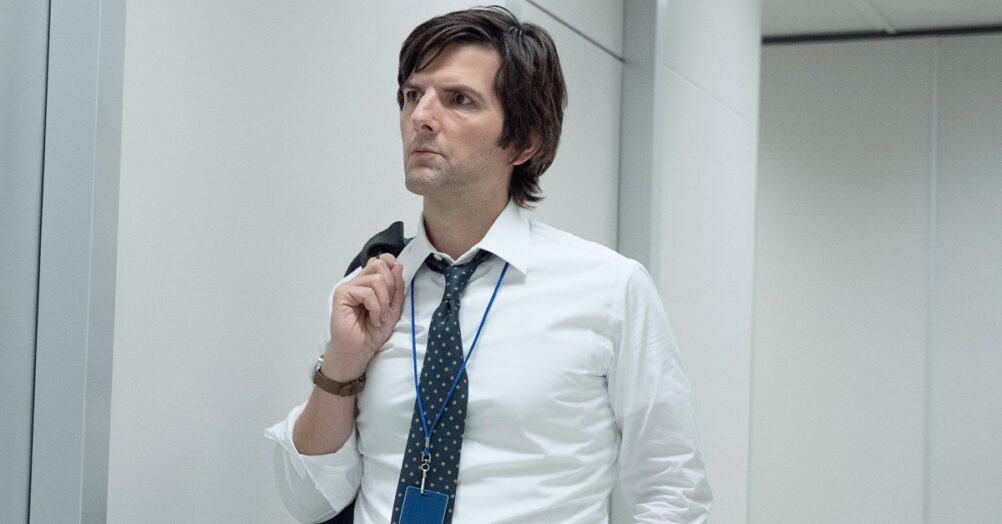
Follow the JOBLO MOVIE NETWORK
Follow us on YOUTUBE
Follow ARROW IN THE HEAD
Follow AITH on YOUTUBE